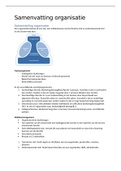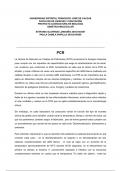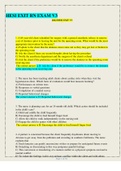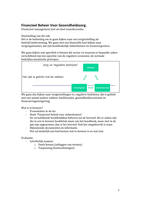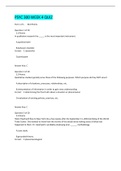Samenvatting
Summary Databases
- Vak
- Instelling
- Boek
A summary of the chapters from the book Database System Concepts Sixth edition for the course Databases at the Rijksuniversiteit Groningen. The summary can also be useful for students from other courses or universities, as this summary covers the basic steps of the database design process.
[Meer zien]





